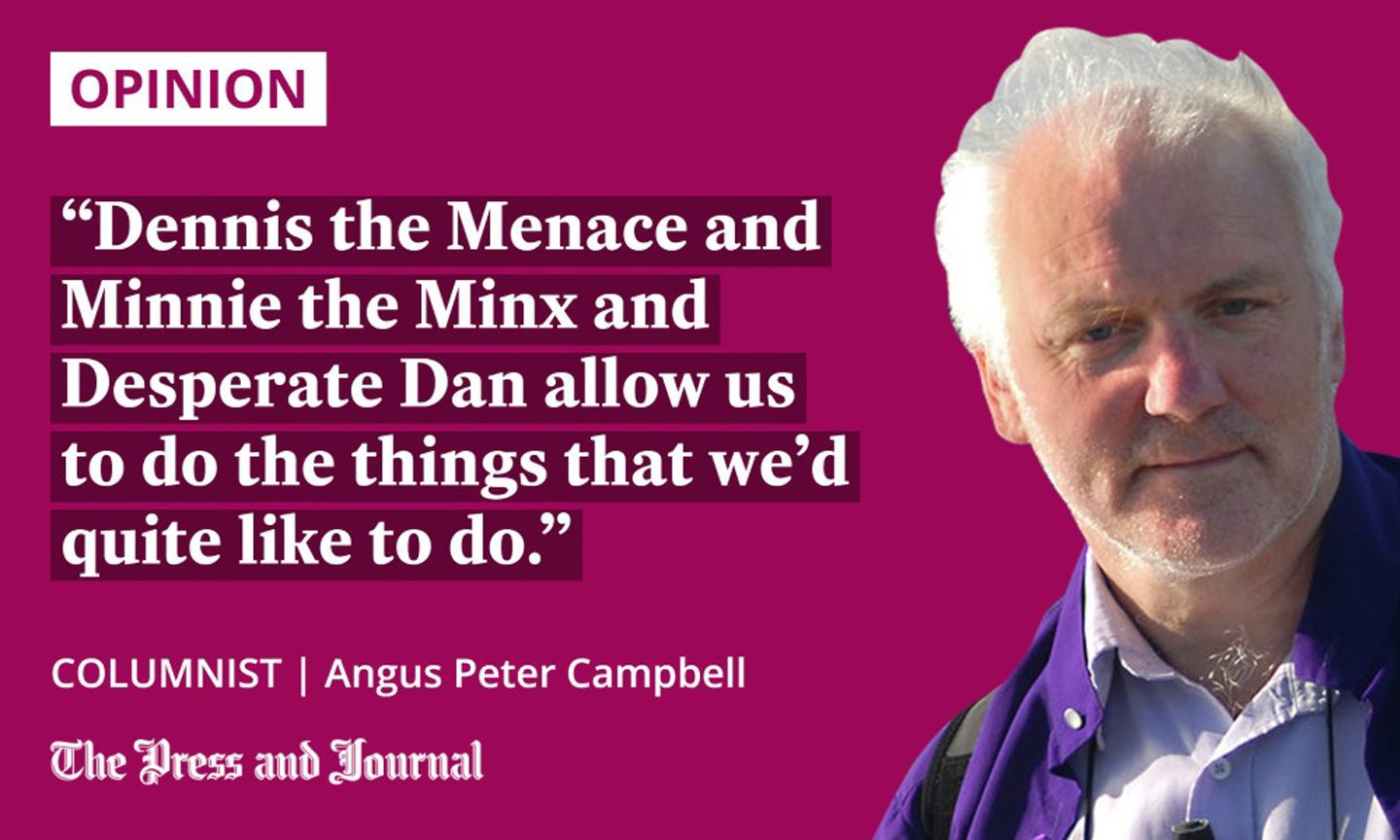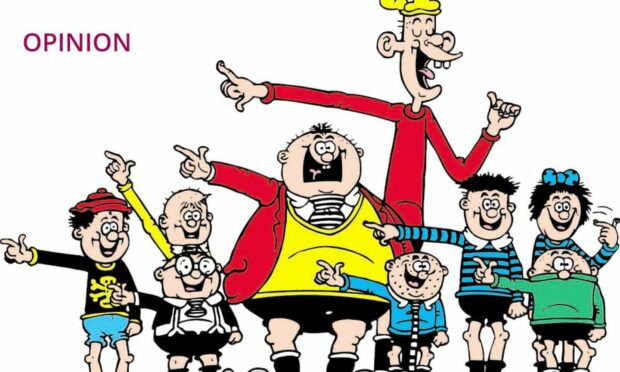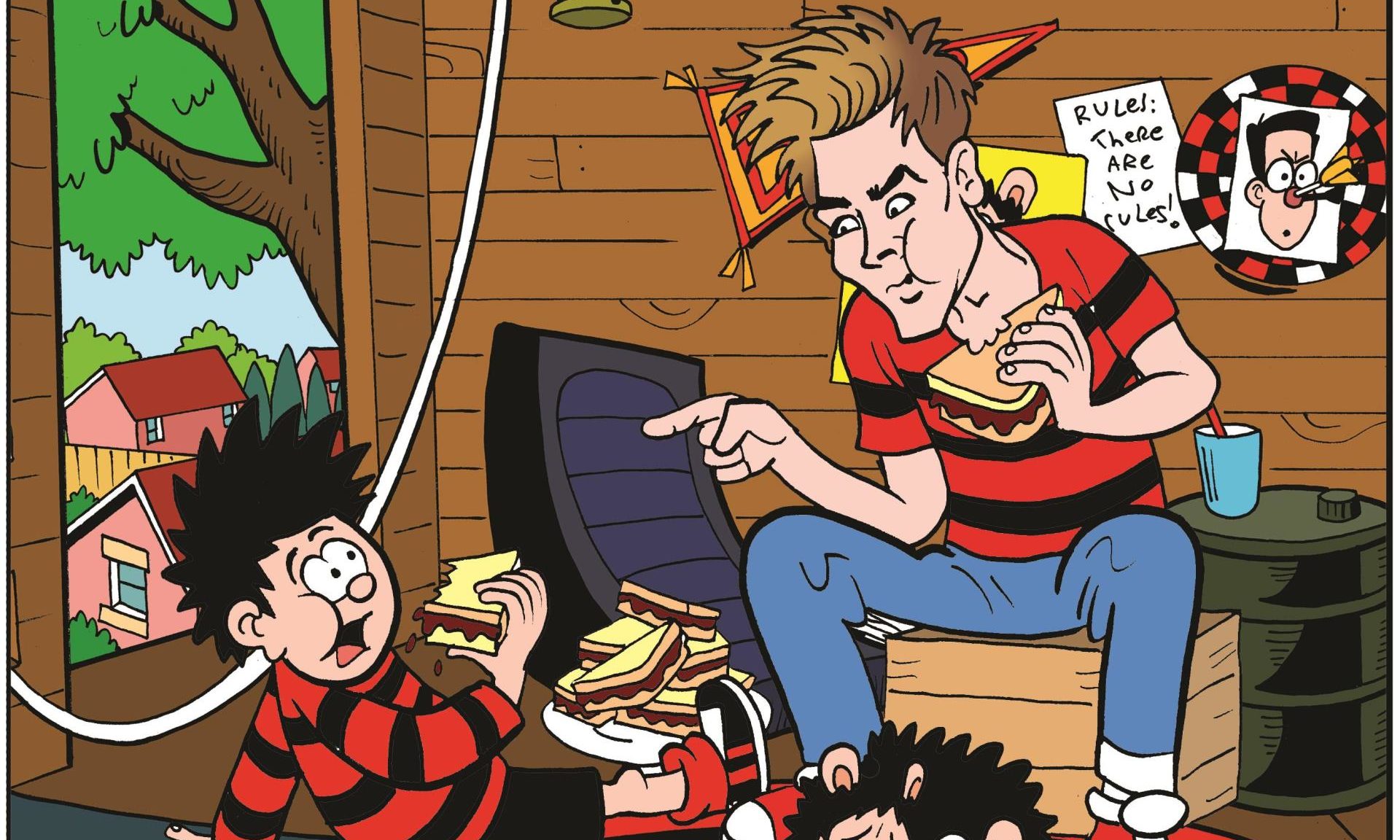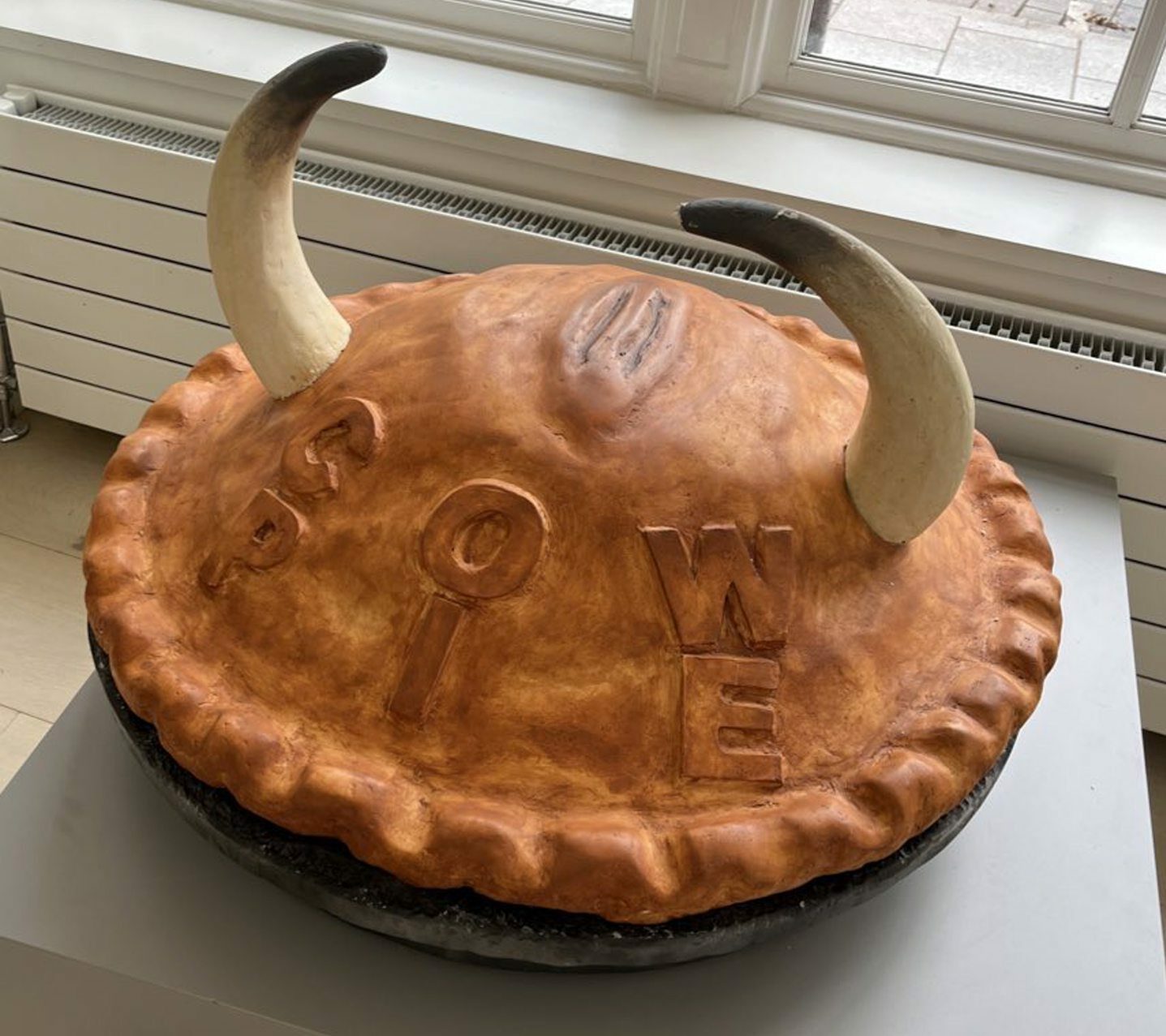The BMJ has hit out at comics like The Beano for promoting junk food to children, writes Angus Peter Campbell, but what about food producers?
So, the British Medical Journal (BMJ) has taken on The Beano, and we all know that there can only be one winner in that uneven contest: Plug and Danny and ’Erbert and Smiffy will stink them out of town.
Apparently Dennis the Menace and Minnie the Minx and Biffo the Bear have been leading us astray in culinary matters for decades, and the medical authorities say it’s time for The Beano to stop showing the characters eating all that stuff we like, but that’s not good for us. Do they mean Desperate Dan of The Dandy’s cow pie, or Alf Tupper’s fish and chips, scoffed down before he heads off to win the mile race at the Olympic Games?
And, yes, I know Alf, The Tough of the Track, also wasn’t in The Beano (he graced The Rover and The Victor), but he must have been Billy Whizz’s uncle, emerging from the same marvellous publishing firm of DC Thomson, which also brings you this splendid local newspaper you’re reading today. Jings, crivvens and help ma boab!

Even though I won the Gaelic Writer of the Year trophy at last week’s Highlands and Islands Media Awards for my work with the West Highland Free Press, my children are mostly delighted because I do a column for the company that also makes The Beano and used to make The Dandy. So, I’m sort of Desperate Dan’s favourite brother, and they call the Bash Street Kids part of the family.
While I’m on the subject of DC Thomson, I was delighted to hear from my elderly neighbour a while back that the man himself (David Couper Thomson) was one of the first guests she ever served when she started working as a waitress in the local Lochalsh Hotel, just after the war. After breakfast (kippers, I hope), he’d then walk out to Plockton. A distance of eight miles or so – not too bad for a gentleman in his 80s at the time.
We can all distinguish between fantasy and reality
Of course, I understand the important point the BMJ is making about food and the sort of food our heroes (comic and otherwise) model for us. We shouldn’t be consuming sugared rubbish.
We’re all influenced by the folk we admire – the way they write or dress or sing or whatever, and our affection for them in one field no doubt spreads over into another.
I once read that one of my favourite writers, Gabriel García Márquez, always wrote in his overalls, because he felt that writing was just another trade, like being a mechanic or joiner. So, I was tempted to do the same. All it did, however, was to encourage me to go out pottering in the garden when I ought to be inside writing my Gàidhlig sonnets!
But I think we can all distinguish between fantasy and reality, even these days, when the lines between them have become so blurred. Children, especially, have always been able to flit between these two worlds without any great confusion.
They instinctively know the difference between jumping up after getting squashed flat by a road roller in The Beano, and the real danger in crossing a busy road. They understand that Biffo the Bear and Boris the Buffoon are two different characters in two unreal worlds.
They become our liberated selves: from running like Billy Whizz to eating the largest cow pie the world has ever seen
Comics (like all great art) give us permission to play. Dispensation to break all the burdensome rules. Of teachers and authorities and gravity. Dennis the Menace and Minnie the Minx and Desperate Dan allow us to do the things that we’d quite like to do.
They become our liberated selves: from running like Billy Whizz to eating the largest cow pie the world has ever seen. It doesn’t mean that we’ll actually do it; because Desperate Dan does it, we don’t have to. He can eat for all of us.
Poor diets aren’t The Beano’s fault
Now, I’m all for healthy eating and drinking. Goodness, I haven’t touched a drop of alcohol in over 30 years. I’m more or less vegetarian (give or take a steak pie or three), and only eat organic and/or locally produced food. I’m horrified by the amount of sugar that’s in every processed food and drink, and believe there’s an urgent need to educate and nurture people towards better nutrition.
But I’m not terribly sure that it’s The Beano’s fault. In fact, I’m sure it isn’t. Maybe the global processed food manufacturers who make all the profits are more to blame?
I believe Dennis the Menace’s dog, Gnasher, ate vegan sausages in the Beano Annual of 2022. By the way, why do we never see dogs in real life running out of the butcher’s with a chain of (vegetarian?) sausages round their neck, as always happened in the comics?
If Desperate Dan now goes gluten and dairy-free and plant-based, that will be OK, too: the pie’s the thing, whatever stuff is in it.
Angus Peter Campbell is an award-winning writer and actor from Uist



Conversation